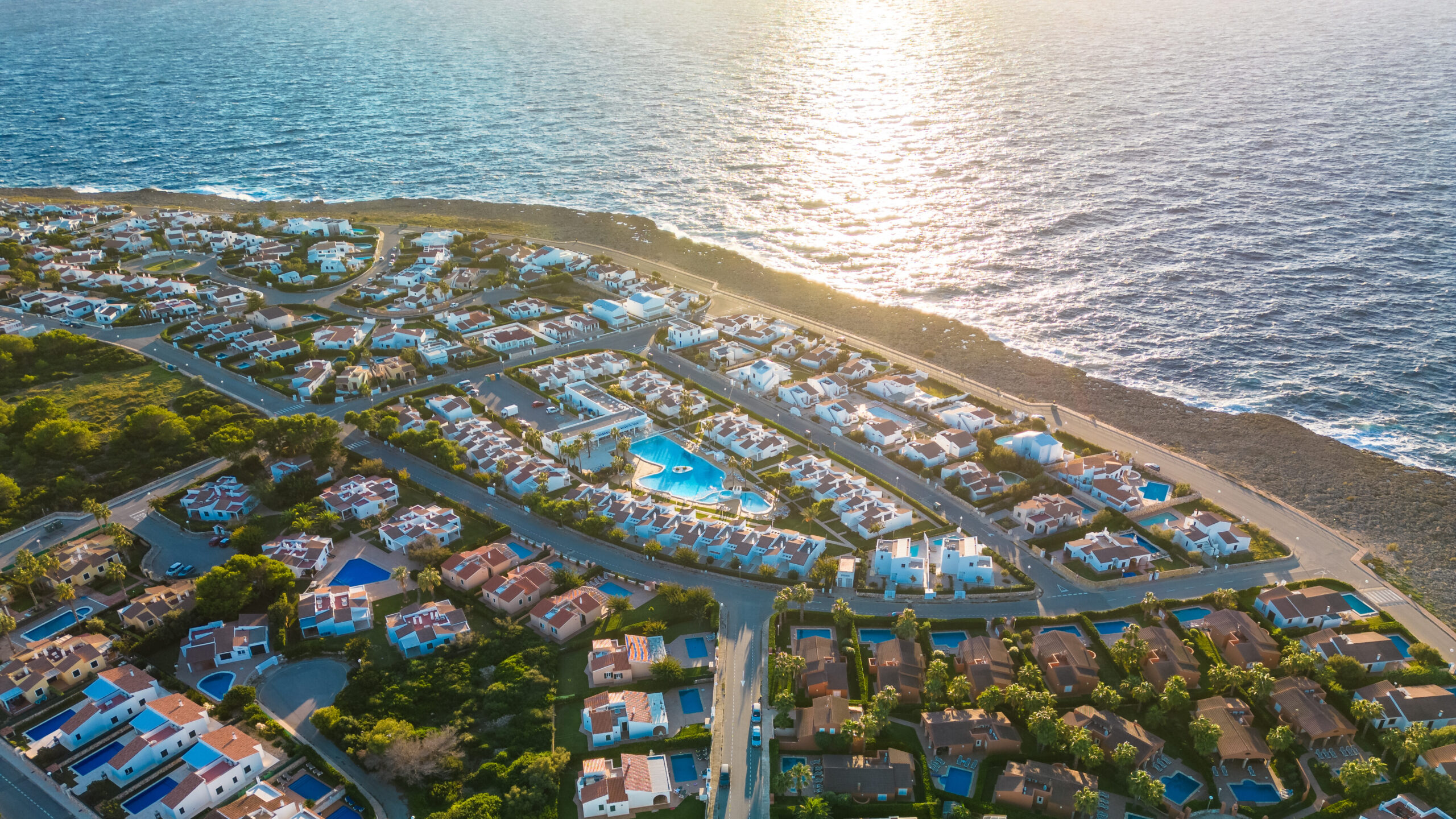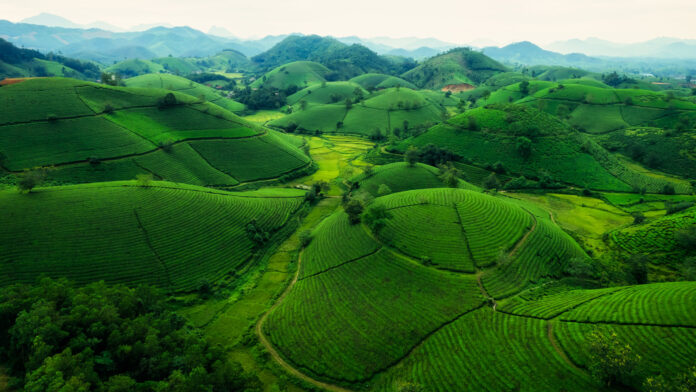Unlocking the Economic Potential of Sri Lanka’s Rural Heartlands
By The Frontpage Journal
For too long, Sri Lanka’s tourism economy has revolved around a handful of well-worn destinations. Colombo, Galle, Kandy, and the southern beach belt have absorbed the bulk of international arrivals, investment, and infrastructure. Meanwhile, vast swathes of the island’s rural interior remain economically marginalised, their potential for tourism development overlooked or underutilised. In a time of economic recovery and shifting traveller
preferences, this centralised model is not only inefficient it is unsustainable.
The future of Sri Lanka’s tourism sector lies in decentralisation. It lies in bringing economic opportunities to the heartlands of the island, where culture remains deeply rooted, landscapes are unspoiled, and communities are eager to participate. This is not simply about spreading tourist numbers. It is about structurally rebalancing the industry so that tourism becomes a true national enterprise rather than a coastal luxury.
A New Kind of Traveller
Across the globe, travellers are increasingly searching for destinations that feel personal, immersive, and meaningful. Mass tourism has given way to micro-tourism, where smaller groups engage deeply with local people and places. Sri Lanka’s rural districts offer precisely this type of experience—authentic village life, forest trekking, farm stays, culinary traditions, craft heritage, and living temples.
Yet without adequate infrastructure, digital access, and marketing support, these communities remain disconnected from the national tourism narrative. Many lack even basic road access or transport services, let alone booking platforms or promotional visibility. If decentralisation is to succeed, it must be underpinned by targeted investments in roads, broadband, microfinance, and tourism training programs.
Policy and Profit Can Align
There is strong strategic logic behind rural tourism. It creates jobs where they are most needed, reduces urban migration, and helps diversify the economy away from over-reliance on coastal resorts. It also builds national resilience against climate risks and global shocks by reducing pressure on a few key hotspots.

But decentralisation should not mean a race to develop every untouched region. It must be done thoughtfully, with clear zoning, sustainability checks, and community co-creation. Local councils should play a central role in shaping tourism plans, rather than being passive recipients of outside investment. Incentive programs can encourage small-scale entrepreneurs to set up homestays, nature tours, and rural heritage centres that reflect their local identity.
The technology exists to make this feasible. With digital booking platforms, location tagging, and mobile storytelling tools, even the most remote village can enter the global tourism marketplace—if given the right support. Platforms like Airbnb Experiences or Google’s heritage tagging programs can be models for how Sri Lanka showcases its lesser-known gems.
A More Inclusive Future
Decentralised tourism is not just an economic strategy. It is a social one. It empowers women, revitalises indigenous knowledge, and fosters pride in place. It also addresses the deep inequalities that have historically kept many communities on the fringes of development. If tourism is to play a meaningful role in Sri Lanka’s long-term recovery, it must move inland, both literally and figuratively.
What the country needs now is bold policy backed by genuine partnerships between government, community, and private sector. The rural heartlands are ready. The question is whether the tourism establishment is ready to let go of its old habits and build a more inclusive map for the future.




